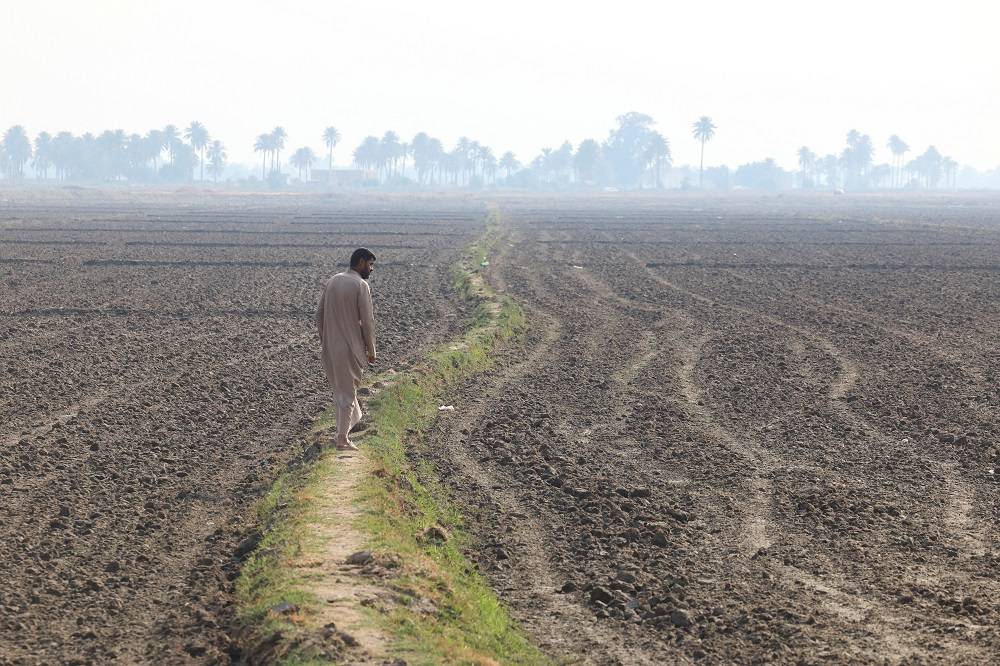“Every man has three homes,” the linguist Gilbert Lazard liked to say. “One home is the city or village where you are born, and another is where fate has landed you in. The third and truest home, however, is poetry.”
With that definition, Lazard, who has just died aged 98, was a Parisian by birth and a Frenchman by nationality, while his third home was Persian poetry which he first encountered through a less than accurate translation of some of Omar Khayyam’s rubaiyat.
In the post-war years when Lazard was looking for “an exciting future” little did he expect to find it in what he called “the Persian past.” And that time European scholarship, in such fields as linguistics and literature, was divided into two camps: the Philhelens, who looked to ancient Greece, and the Persophiles, who favored ancient Iran. Khayyam helped Lazrad choose the pro-Persia camp, a sympathy that was soon to be strengthened with a number of personal friendships, among them that of Sadegh Hedayat, arguably the founder of modern Persian novel, who lived in Paris in exile. Other Iranian friends included the scholar Shahid Nura’i and Fereydon Hoveyda, later to become a prominent diplomat under the Shah.
By the 1950s, the Persophiles had become a major force in France’s academic circles. There was Roman Ghirshman, a Russian-born archaeologist who devoted his life to studying Iran’s pre-Islamic history through a number of on-site projects. There was the Syrian-born Emile (born Ezra) Benveniste, arguably the most important expert on the Indo-Iranian family of languages of his generation. There was also Charles-Henri de Fouchecour, who played a key role in shaping what became modern linguistics with focus on the Indo-European languages.
The French Persophiles were in stiff competition with their British counterparts organized in the School of Oriental and African Studies (SOAS) in London. There was, however, an important difference between the two groups. The British saw Iran and all things Iranian as something that belonged to the distant past, a collection of majestic, but dead relics. The French on the other hand regarded Iranology as a dynamic discipline that connects the past to the present and even the future. It was with that conviction that Lazard wouldn’t limit himself to translating classical Persian poets, notably Rudaki and Khayyam. He also translated modern Persian literature, notably two of Hedayat’s novels the satirical “Haji Agha” and the surrealistic “Three drops of Blood.”
The Iranian branch of the Indo-European languages consists of 18 languages some of which, like Parthian and Tati, have all but disappeared. Others like Soghdian survive in remote mountains of Central Asia and the Chinese province of Xinjiang. Others like modern Persian, Kurdish in three slightly different versions, Pushtun, Baluchi, Ossetian and Taleshi have survived and, in some cases, prospered beyond what one might have expected a century ago.
Lazard was at home with almost all those languages, often via their poetry.
His chief concern, however, was to try and find out what the past could do about the present. It was in that spirit that he undertook an almost heroic task by studying the poetic meters of the Parthian, a language that ceased to exist almost 1,500 years ago. You can imagine he surprise that some of Iran’s poets expressed when Lazard showed that the Parthian meters had somehow influenced the prosody of both Arabic and post-Islamic Persian poetry.
As a Professor of Iranian Studies at the prestigious Parisian Sorbonne University, Lazard for almost two decades helped train two generations of Iranologists from all over the world. From the 1960s onwards his classes also attracted many students from Iran itself, as well as Afghanistan and Soviet Central Asian republics where Iranian languages had a home.
Not content with lectures and research papers, Lazard also spent years on compiling a French-Persian dictionary, which many linguists still regard as a major contribution. Another of Lazard’s daring ventures produced a grammar of the Persian language which some of Iran’s own master linguists, notably Abdol-Azim Qarib, praised as a work of high scholarship.
Never shying away from scholarly dispute, Lazrad launched a debate on the origins of what linguists call “modern Persian” that is to say the language that has been in use in Iran, Afghanistan, parts of Central Asia and the Caucasus since the 7th century AD. The oldest Persian poem, believed to be a piece written by Abul-Hofs Soghdi, is dated to almost 1,100 years ago. That makes “modern Persian” one of the only two Indo-European languages in which texts written 11 centuries ago are still accessible to present-day speakers (The other language is Icelandic). Because Soghdi hailed from Central Asia, or the Greater Khorassan, some scholars believe that “modern Persian”, known to linguists as Pahlavi or Farsi-Dari, originated in a region between the Caspian Sea and China. However, other scholars insist that “modern Persian” developed in the southern province of Parsa (Fars) which was the stronghold of the Sassanid Dynasty. Favoring the Khorasani theory, Lazrad spent years trying to establish that “modern Persian” had its origins not in southern Iran, but to the northeast of present-day Iran.
Thanks to mutual friends, notably Maxime Rodinson, an eminent Isalmologist, and Fereydon Hoveyda, I met Lazrad in Paris on a number of occasions in the 1970s and 1980s. One recurring theme in our informal discussions was the concept of “the Persianate”, originally launched by the German Iranologist Anne-Marie Schimmel to describe the vast region where Iranian, specially literature, music and architecture, had a presence dating back to more than two millennia.
“Germans always like to conceptualize things in geopolitical terms,” Lazard once commented. “For me, however, language and literature have no boundaries, especially Persian with the universal message of its poetry.”










